Based on the guide
Using family as a frame in social justice activism: A guide for activists and funders in Europe
Available free from www.reclaimingfamilyvalues.eu
The debate on family has been filled by conservative culture warriors, fetishizing a fictional time when a family was understood as a male head of household, a mother and children. Neo-conservatives alone have been shameless in claiming the terms “family” and “family values”, which is why progressives cringe when hearing those words. Well, it’s time to reclaim family values.
It’s time for human rights and social justice activists to develop a 21st-century vision of how families can help societies become more equal, open, compassionate, resilient and inclusive. Based on the guide Using family as a frame in social justice activism: A guide for activists and funders in Europe, here are five top tips to use the frame of family when advocating for sexual and reproductive health and rights!
First, do your research. Recent progressive successes in Europe and the United States show that effective messaging comes from one thing alone: researching your target audience, the values they hold dear, and how they see the issue at hand. Before anything else, get funding to work with communication and messaging professionals to identify what messages will work with those whose hearts and minds you seek to change.
Second, embrace the family. “Rights” are for minorities. “Family” is for everyone. You may not like this fact, but a fact it is. I don’t suggest you abandon our time-tested human rights framework, simply that you don’t organise your entire activism around it. Talk about the family, think in terms of family with the aim of achieving greater sexual and reproductive rights for all. Concretely, this means asking yourself: with the research I made on messaging (see above), how can I connect to my audience through the theme of family? Start planning your campaigns this way.
(Families aren’t always ideal, and can be sites of oppression and discrimination too. It’s important to keep working to reduce violence and discrimination in families at the same time as using messages on families. Both can happen at the same time!)
Third, build alliances around the family. A picture is worth a thousand words? An unlikely alliance is worth a million! What does it tell the public when a pro-SRHR and pro-LGBTI human rights organisation in Croatia works hand in hand with faith-based organisations to welcome migrants? That this issue transcends traditional boundaries. What are the unlikely alliances the SRHR movement could build to go beyond traditional culture war lines?
Fourth, keep your messaging strong and coherent, including with the media. Build your entire work around family and what SRHR means to families. For example, is it that contraception helps two parents keep their family to a size they can care for? Use this approach and messaging with the media too, especially using stories – journalists’ bread and butter. Our guide offers eight concrete tips on working with the media (page 26).
Finally, remember that the best response isn’t a response: it’s starting the debate on your terms. This requires resources, planning, careful research, and upgrading the work already done brilliantly by many SRHR organisations. But resolutely winning any argument requires starting the conversation on your terms in the first place.
These five tips barely scratch the surface. Hopefully, they will inspire you and others to read the short guide Using family as a frame in social justice activism: A guide for activists and funders in Europe, and consider putting family at the heart of your social justice work.
Family can include rather than exclude, expand rights rather than limit them, and help foster societies that are open and respectful of all.



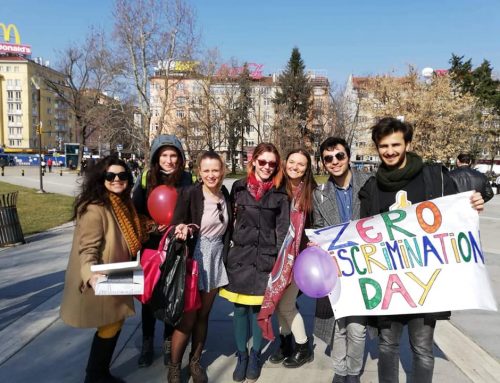






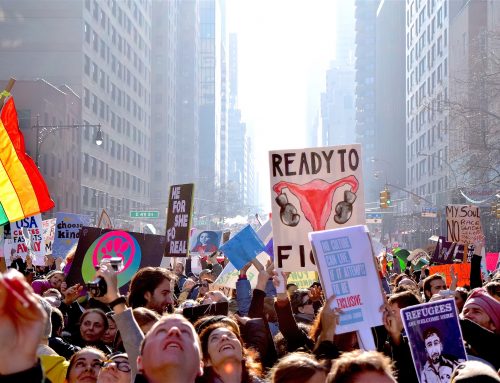






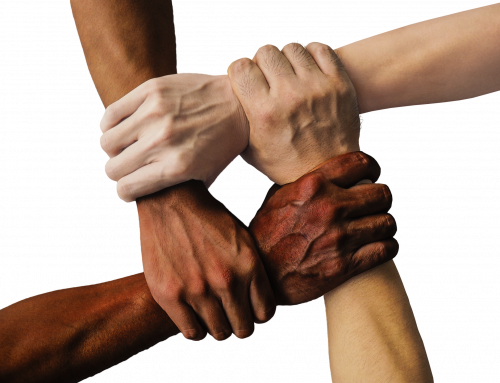

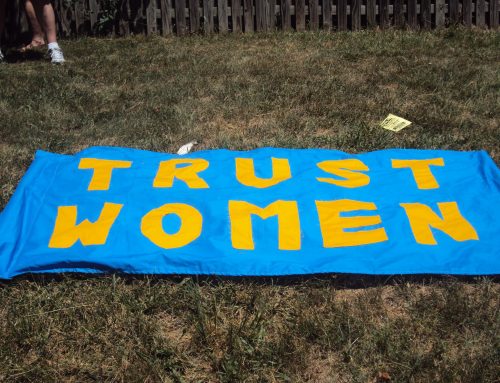
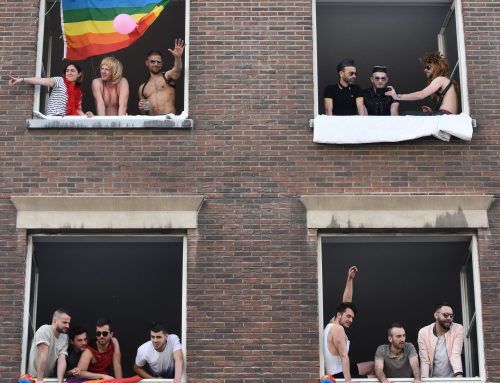
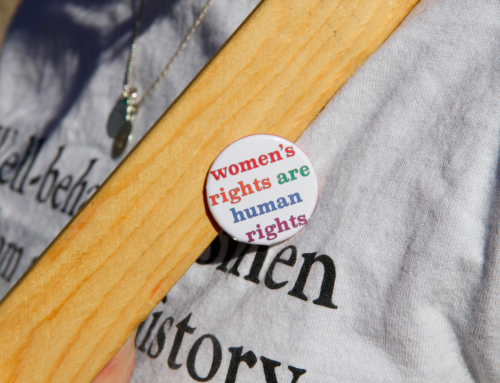


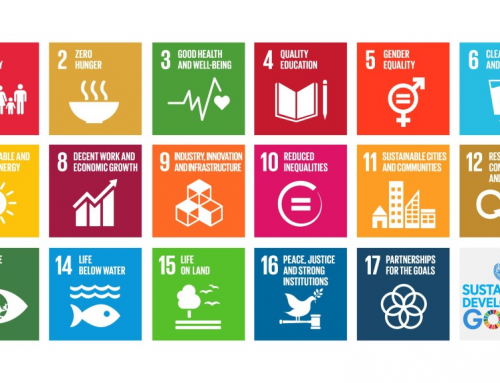

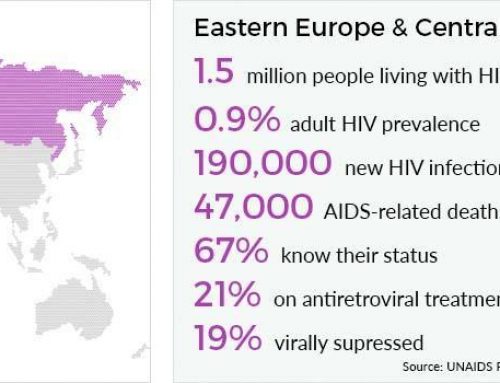


Leave A Comment
You must be logged in to post a comment.